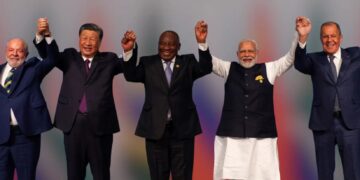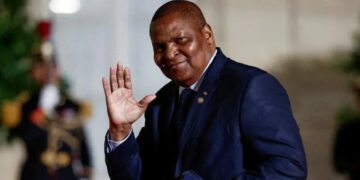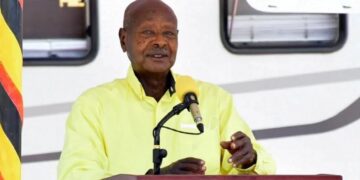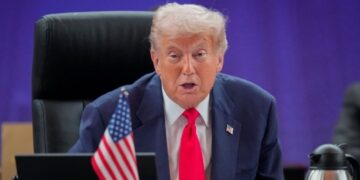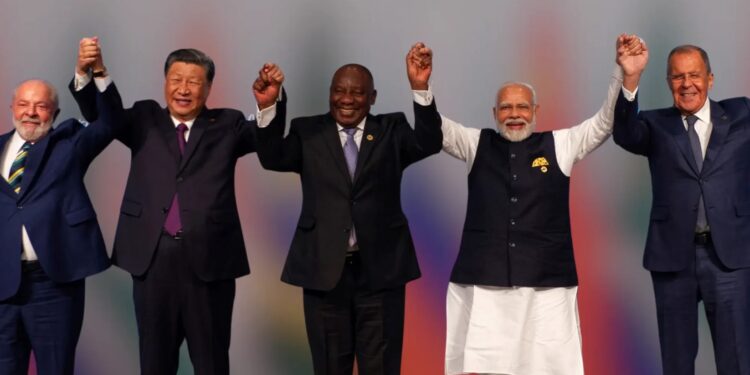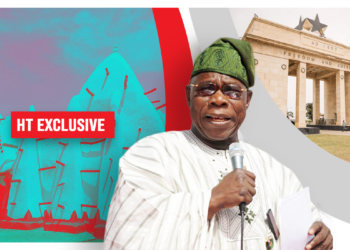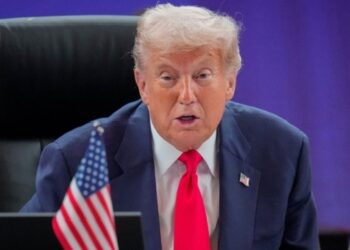By John Ikani
BRICS has finalized a groundbreaking move to conduct international trade using national currencies, presenting a direct challenge to the global dominance of the US dollar.
Russia, eager to evade Western sanctions, is driving the shift with its proposed “multicurrency payment system.”
Russia’s Strategy
In a detailed report, the Russian Finance Ministry, the central bank, and consultancy firm Yakov & Partners outlined their plan to shield participating nations from external pressures, such as US-led sanctions.
While Russia is marketing the initiative as a lifeline for fellow BRICS members, it could face pushback. India, for instance, has expressed no intention of reducing its reliance on the dollar, particularly for cross-border transactions.
The UAE is also heavily invested in the dollar, particularly through its trade hubs like Dubai, where the currency remains a key player in financial activities.
However, Russia is banking on support from new BRICS members like Iran, the UAE, Ethiopia, and Egypt, believing that they may embrace the multicurrency system.
The proposal goes beyond currency—it includes setting up a banking network to handle transactions and establishing trade centers for vital commodities such as oil, gas, grain, and gold.
Digital Technology in Play
The plan also introduces the idea of using distributed ledger technology (DLT) to facilitate payments through tokenized systems.
The benefit, according to the report, would be a reduction in credit risks typically associated with conventional banking structures.
Even with these bold steps, the US dollar still plays a dominant role globally. It accounts for 58% of international payments and 54% of trade invoices, based on Brookings Institution figures.
China, which has been pushing to lessen its dependency on the US dollar, sees this plan aligning with its own goals of enhancing its currency’s global influence.
With Russia and China in alignment, the chances of successfully implementing a multicurrency system appear stronger, potentially shifting the landscape of international trade.
Additionally, BRICS members have already agreed to pool $100 billion in foreign currency reserves to protect against financial crises—a move that began in 2016.
Their New Development Bank has approved nearly $33 billion in loans to date. For comparison, the World Bank allocated $72.8 billion in 2023 alone.
Trade between BRICS nations has grown substantially, with a 56% increase between 2017 and 2022, reaching a total of $422 billion.
Resource-hungry China has found willing partners in Brazil and Russia, both rich in natural resources.
However, tensions between China and India, particularly over unresolved border disputes, have kept trade between the two at relatively low levels.
